![]()
![]()
![]()
Use LEFT and RIGHT arrow keys to navigate between flashcards;
Use UP and DOWN arrow keys to flip the card;
H to show hint;
A reads text to speech;
57 Cards in this Set
- Front
- Back

|
Afghanistan
|
|
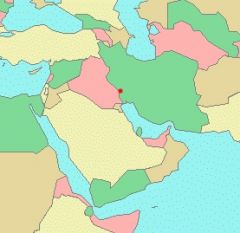
|
Ali Kosh
|
|
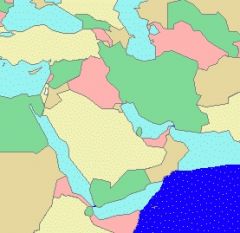
|
Arabian Sea
|
|
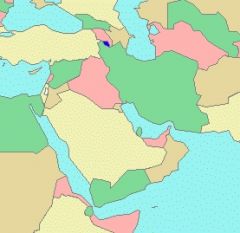
|
Armenia
|
|
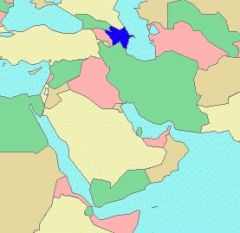
|
Azerbaijan
|
|

|
Bahrain
|
|
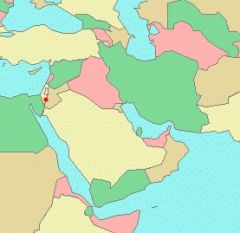
|
Beidha
|
|
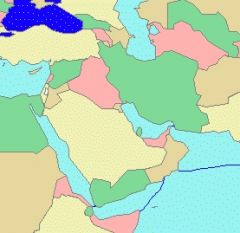
|
Black Sea
|
|
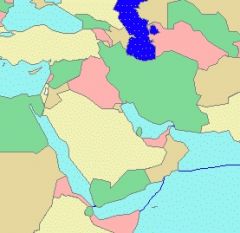
|
Caspian Sea
|
|
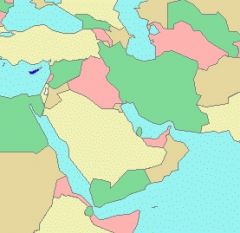
|
Cyprus
|
|

|
Egypt
|
|

|
Ganj Dareh
|
|

|
Palestine
|
|

|
Georgia
|
|

|
Gobleki Tepe
|
|

|
Gulf of Aden
|
|

|
Gulf of Oman
|
|

|
Iran
|
|

|
Iraq
|
|

|
Israel
|
|

|
Jerf al-Ahmar
|
|

|
Jericho
|
|

|
Jordan
|
|

|
Kuwait
|
|

|
Lebanon
|
|

|
Mediterranean Sea
|
|

|
Nemrik 9
|
|
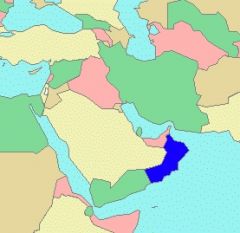
|
Oman
|
|

|
Pakistan
|
|
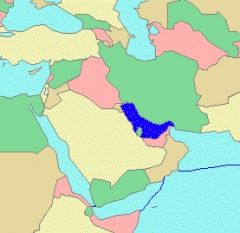
|
Persian/Arabian Gulf
|
|

|
Qatar
|
|

|
Red Sea
|
|

|
Sudan
|
|
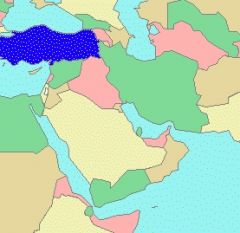
|
Turkey
|
|

|
Turkmenistan
|
|

|
United Arab Emirates
|
|

|
Yemen
|
|
|
Ali Kosh Date
|
7000 to 6000 BC
|
|
|
Ali Kosh
|
No wild goats, but there were domesticated goats. There was agriculture.
|
|
|
Gobekli Tepe Date
|
9000 BC
|
|
|
Gobleki Tepe
|
Great hunter-gatherer temple, predated sedentarism. Huge carved limestone blocks.
|
|
|
Jericho Date
|
9000-6000 BC
|
|
|
Jericho
|
A great wall and tower. They date to c. 8000 BC (8300-7300 BC), during the PPNA. There were skull caches there. It was considered an oasis by Childe. It was excavated by many, including Kenyon.
|
|
|
Beidha Date
|
7200-6500 BC
|
|
|
Beidha
|
Has evidence for overpopulation-driven agriculture.
|
|
|
Jerf al-ahmar date
|
9200-8700 BC
|
|
|
Jerf al-ahmar
|
Has the circular community building with skulls
|
|
|
Ganj Dareh date
|
10000-7500 BC
|
|
|
Nemrik 9 date
|
8000-6400 BC
|
|
|
Nemrik 9
|
Typical housing, hunting, especially near 6000 BC
|
|
|
Jarmo date
|
7000 BC
|
|
|
Jarmo
|
The first example of agriculture. Braidwood excavated it and came up with the optimal zone theory.
|
|
|
PPNA
|
9500-9000 BC
|
|
|
PPNB
|
8500-6500 BC
|
|
|
PPNC
|
6500-4500 BC
|
|
|
Neolithic
|
9500-4500 BC
|
|
|
Ganj Dareh
|
Evidence of the first goat domestication (7500 BC), there were wild goats there as well.
|

